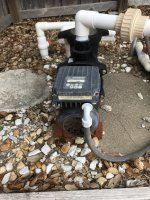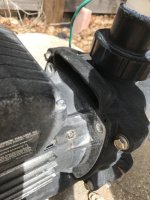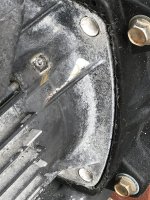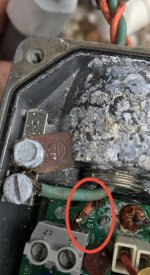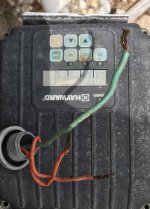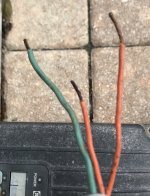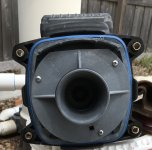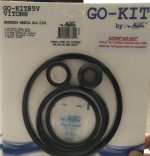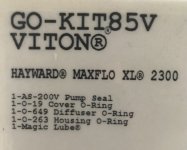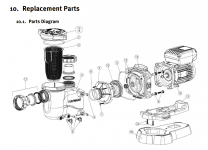9. Shaft Seal Change Instructions IMPORTANT SAFETY INSTRUCTIONS PLEASE READ AND FOLLOW ALL INSTRUCTIONS When servicing electrical equipment, basic safety precautions should always be observed including the following. Failure to follow instructions may result in injury. WARNING – To reduce risk of injury, do not permit children to use this product. Disconnect all electrical power service to pump before beginning shaft seal replacement. Only qualified personnel should attempt rotary seal replacement. Contact your local authorized Hayward Dealer or service center if you have any questions. Exercise extreme care in handling both the rotating and the stationary sections of the two-part replacement seal. Foreign matter or improper handling will easily scratch the graphite and ceramic sealing surfaces. 9.1. Removing the Motor Assembly 1. Remove the four (4) 5/16" x1.75" hex head bolts, which hold the motor assembly to the pump/strainer housing, using a 1/2" wrench or socket. 2. Slide the motor assembly out of the pump/strainer housing, exposing the diffuser. Remove the three(3) diffuser screws and pull the diffuser off the seal plate to expose the impeller. 9.2. Removing the Impeller 3. To prevent the motor shaft from turning, secure using a 6mm hex wrench on the motor shaft through the fan shroud on the back of the pump. 4. Remove the impeller by rotating counterclockwise. 9.3. Removing the Ceramic Seat 5. Remove the spring seal assembly and seal plate from the motor by removing the four (4) 3/8” x 1” bolts that secure it to the motor, using a 9/16" wrench or socket. 6. Press the ceramic seat with rubber cup out of the seal plate. If tight, use a small screwdriver to tap seal out. STOP - Clean all recesses & parts to be reassembled. Inspect gaskets & replace if necessary. 9.4. Seal Installation 7. Clean and lightly lubricate the motor shaft and seal recesses in the seal plate with a dilute solution of nongranulated liquid-type soap. Gently wipe the polished face of the ceramic seal with a soft cotton cloth. Lubricate the rubber cup on the ceramic seat and press it firmly into the recess of the seal plate, with the polished ceramic surface facing out. 8. Reassemble the motor to the seal plate using the four (4) 3/8” x 1” bolts. Torque the bolts to 100 in-lbs. 9. Gently wipe the black, polished surface of the spring seal assembly with a soft cotton cloth. 10. Press the spring seal assembly onto the motor shaft, with the black polished surface facing the ceramic seat. 9.5. Replacing the Impeller and Diffuser 11. Screw the impeller onto the motor shaft in a clockwise direction. Tighten snugly by holding motor shaft with wrench as noted in step #3. 12. Place the diffuser over the impeller and onto the seal plate, aligning the three (3) protruding pins with the matching holes in the seal plate. Note: Flat side of diffuser rim will face up. Replace the three (3) diffuser screws, Torque screws to 20 in-lbs.
